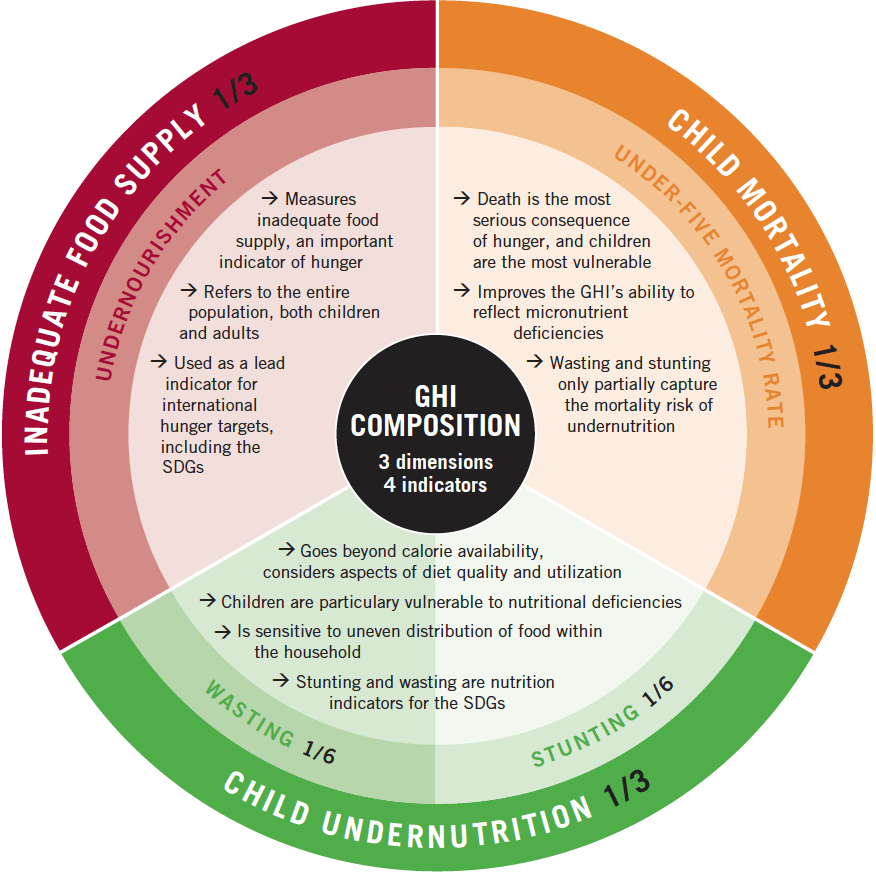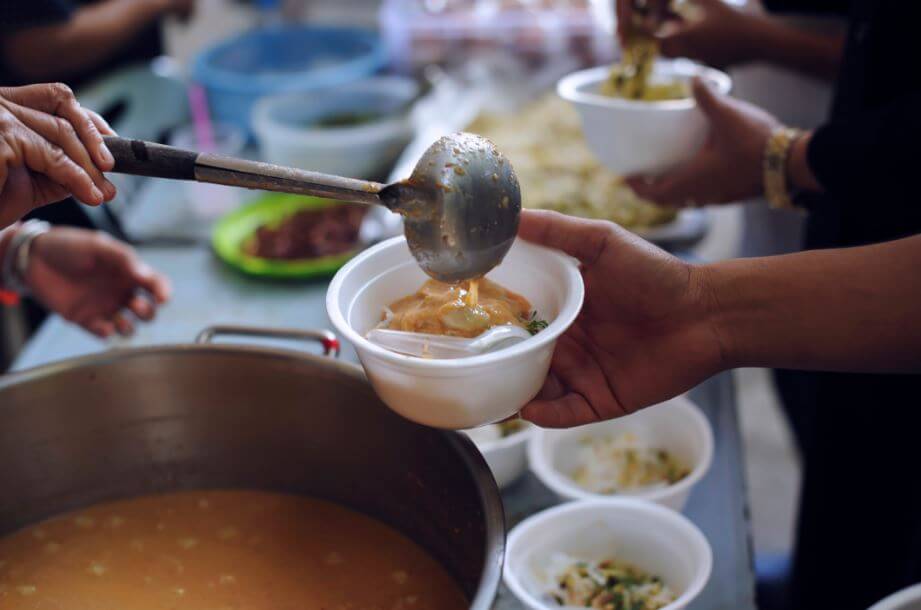This October, the Food Corporation of India (FCI) reported an enormous grain surplus, and urged the Ministry of External Affairs to consider exporting rice and wheat in the form of ‘humanitarian aid to deserving countries’, despite the presence of 20 crore hungry Indians.
The 2019 Global Health Index (GHI), a report jointly published by Concern Worldwide and Welthungerhilfe, measured hunger using four indicators: undernourishment, child wasting, child stunting, and child mortality.

The report ranked India 102nd out of the 117 countries analyzed. In fact, the report states that India’s child wasting rate of 20.8% was the highest of all countries studied; its stunting rate was also extremely high, at 37.9%. Additionally, only 9.6% of all Indian children between 6 and 23 months are fed a minimum acceptable diet.
As of 2015-16, it was found that 39% of Indian households had no sanitation facilities. Poor sanitation conditions are considered to be major impediments to the physical development of children, compromising their metabolism and nutrition absorption. Sadly, even with new latrine construction under the Modi government’s Swachh Bharat Mission, the practice of open defecation and the lack of washrooms in households is still rampant.
Thus, the GHI report of severe hunger is at odds with the FCI's recommendation to donate excess food grains to other countries. This points to the fact that hunger in India is not caused by a lack of food, but rather, by inefficient and unequal distribution and regulation.
Over 40% of the total food produced in India is wasted. According to the Agriculture Ministry, the country wastes around INR 50,000 crores, or 67 million tonnes, of food every year; this is enough to feed all of Bihar for a year. Furthermore, around 21 million metric tonnes of wheat rots in India every year.
Food waste happens even at the production level. According to a study undertaken by the Indian Council for Agricultural Research, the underlying cause for post-harvest food loss in India is due to the lack of proper infrastructure, particularly at the farm level as well as lack of immediate processing in the production catchments.
The targeted Public Distribution System (PDS) was introduced to provide food and other commodities to the weaker sections of society at administered prices, but the PDS has proved to be inefficient.
Even the Comptroller and Auditor General have pointed out the loopholes in the working of PDS. The 2017 CAG report says, “the PDS is leakage prone, leads to huge wastage and is wrecked by corruption. The Centre spends about Rs 1.4 trillion a year on food subsidy”.
The efficiency of the PDS is further undermined by the ineffective National Food Security Act, 2013, which aims to provide subsidized food grains. In 2013, as Chief Minister of Gujarat, Narendra Modi called the act the 'starvation act', saying, “sarkar garibo ki pet the rajnitikaran kar rahi hai, aur garibo ki thali se roti cheen rahi hai” (the government is politicizing the stomach of the poor and snatching food from their plate).
However, since being sworn in as prime minister, he has done nothing to scrap or strengthen the bill.
Other government initiatives like the POSHAN Abhiyan and the mid-day meal schemes have also failed to provide adequate nutritional fortification. Under the 2017 POSHAN Abhiyan, the government made plans to reduce stunting in children (0-6 years) from 38.4% to 25% by 2022, but the GHI report found stunting rates amongst children less than 5 years to be 37.9%, indicating that the mission is already lagging behind in achieving its targets. Furthermore, despite the implementation of the mid-day meal schemes, many schools serve students rice or chapati with just salt.
Thus, the goal of reaching zero hunger by 2030 seems difficult to accomplish without the universalization of the public distribution system, implementation of guidelines to avoid crop wastage, and the strengthening of existing schemes like the mid-day meal and POSHAN Abhiyan.

